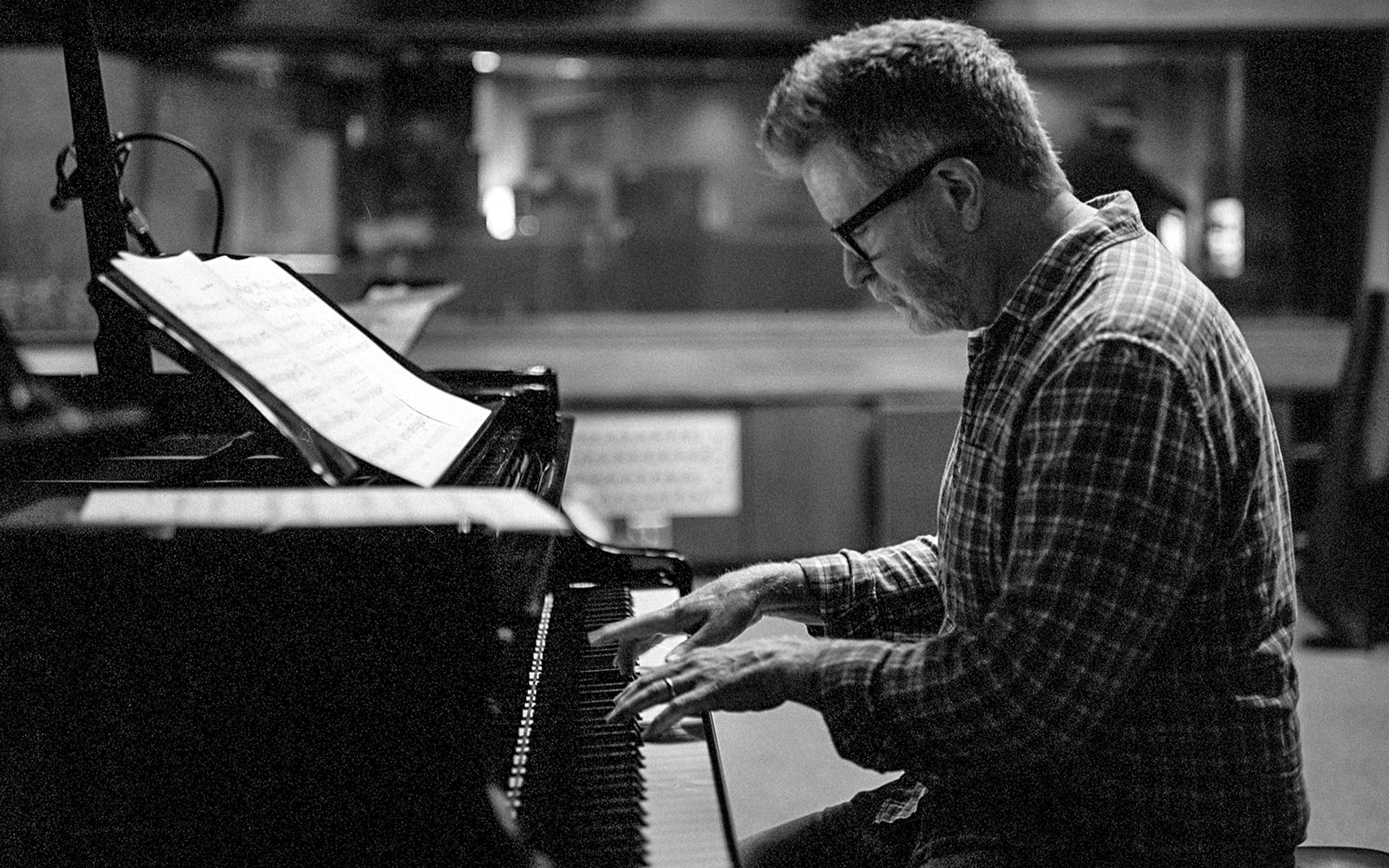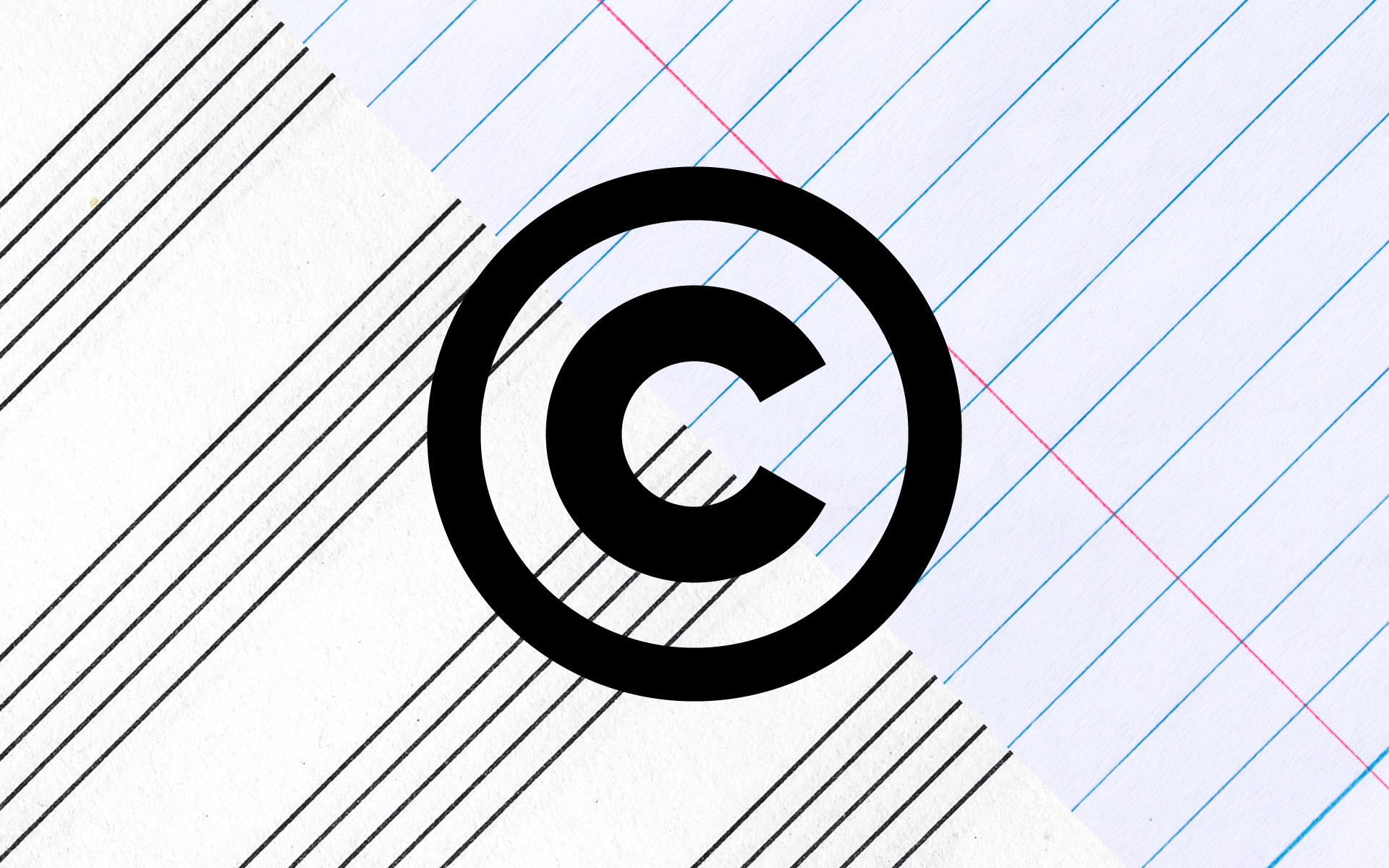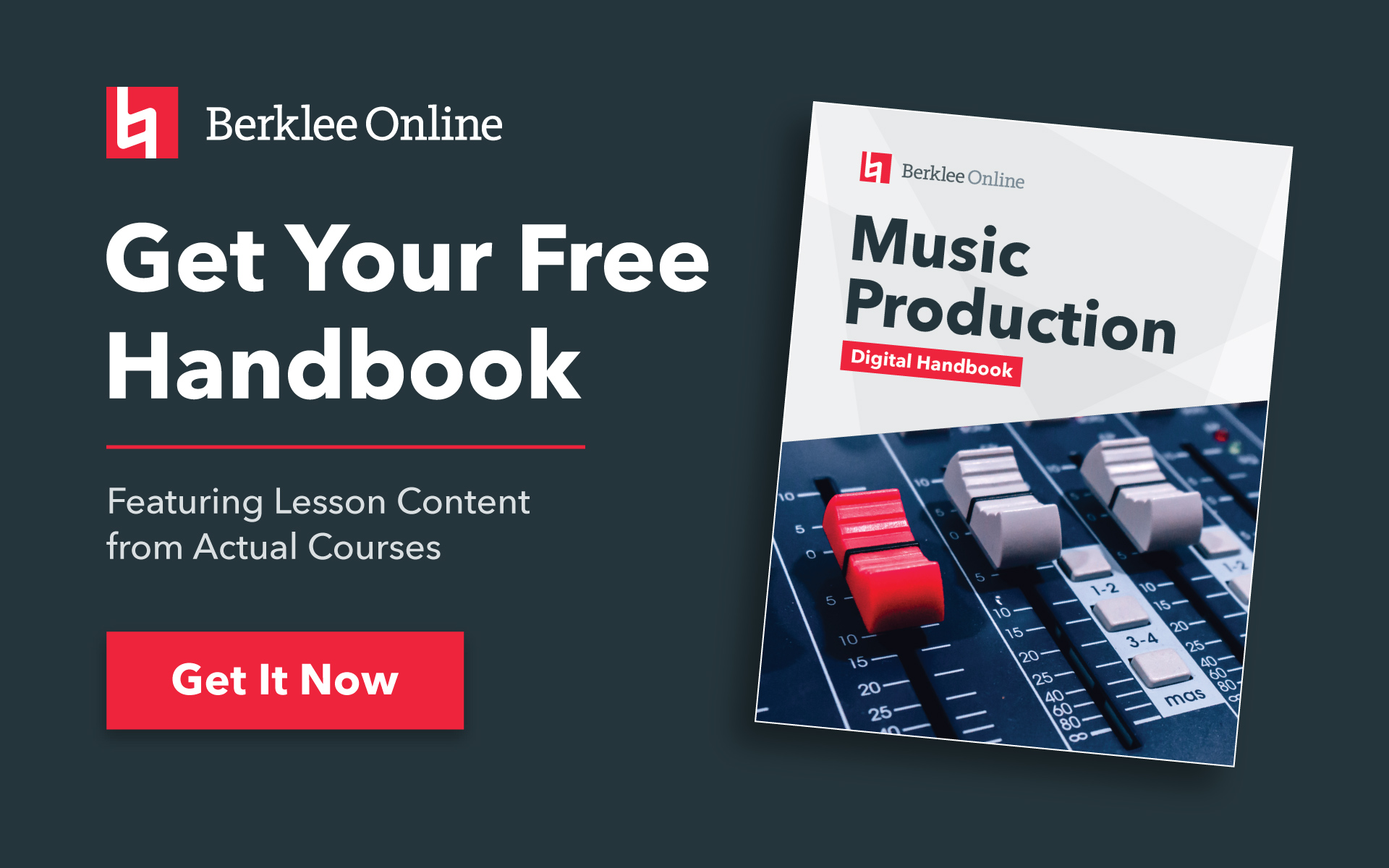For starters, it’s a good idea to determine a general stylistic direction for your remix, because not every song will work with every style of beats. In general, the most important factor in making this choice is a song’s original tempo, because no matter how you slice, dice, and warp the audio, there’s always one constant; the less of a tempo change you make on the original, the better it will sound in your remix. (This is, of course, assuming you want to hear the original song clearly in your remix. If not, all bets are off).
TAKE ERIK HAWK’S REMIXING COURSE AT BERKLEE ONLINE
Regardless of how great a particular tempo change process is, the further you stretch, compress, and slice up a piece of audio the more warbled, disjointed, and distorted it will become. Since most electronic music styles that are appropriate for a remix inhabit a select tempo range, it’s wise to choose a target remix style with a tempo that is as close as possible to the song’s original tempo. (See the chart below for a sampling of several classic dance music styles and their tempo ranges).
| Style | Tempo (BPM) |
| Drum-and-Bass | 150-170 |
| Trance | 130-150 |
| Breaks | 125-135 |
| House | 100-130 |
| Hip-hop | 85-110 |
| Down Tempo | 65-95 |
Tempo changes that are less than +/-20 BPM are usually a safe bet, but this amount will vary depending on the types of sounds and performances you need to alter. For example, slowing down legato bass and vocal performances is trickier than speeding up staccato guitar and percussion parts. Speeding up a performance usually produces better sonic results, with fewer processing artifacts, than slowing it down. However, in some cases, slowing down the original by a few BPM so that you can double-time the remix tempo and reach a suitable dance music tempo can also work. So long as your tempo change doesn’t destroy the musical “feel” and audio quality of an artist’s recording, you’re in safe territory (especially if the remix has been commissioned by the artist or their record label).
To precisely determine the tempo of the original song I fly the stereo mix into Pro Tools, separate out a couple of bars and apply Identify Beat to the selected region. Make sure that the region you create is perfectly trimmed to the downbeat and loops seamlessly. Identify Beat is only as precise as your selection, so if your separation points are off the downbeats by even a little, your tempo calculation will also be off. The clear transient of a kick drum is one of the best landmarks for a downbeat, and the Tab to Transient function in Pro Tools can make finding your kick transients an absolute snap. Other DAW programs such as Ableton Live and Logic Pro often do a great job of automatically determining your loop’s tempo, but always be sure to double check your results with the session’s Metronome (or Click track).
STUDY MUSIC PRODUCTION WITH BERKLEE ONLINE












